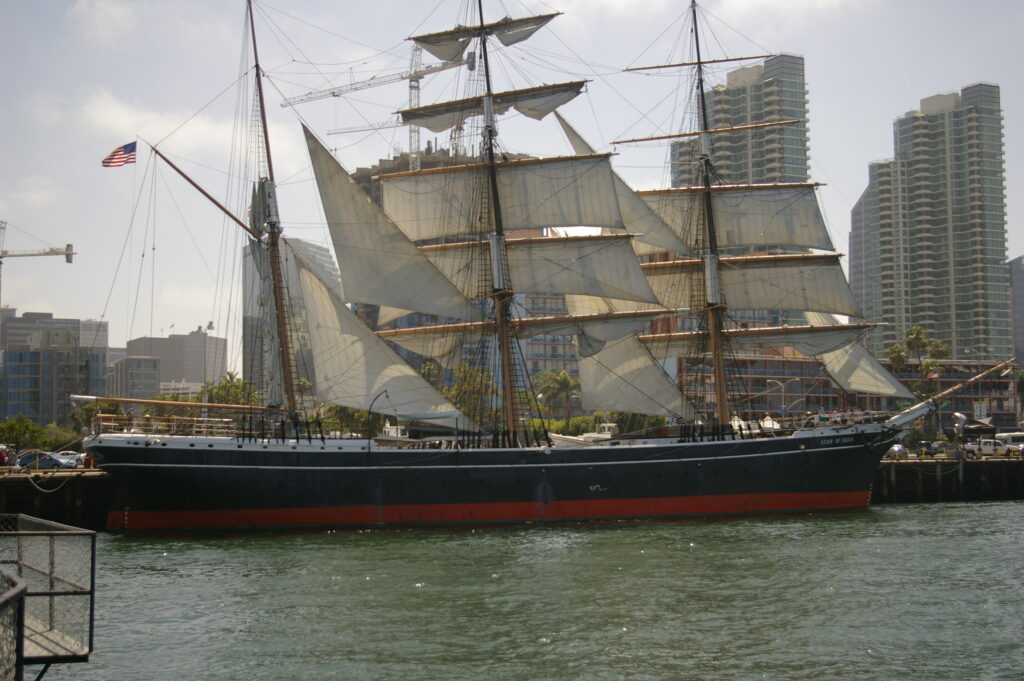By Chris Baraniuk.
In the late 1700s, King George III glimpsed the future of shipping. Sir Charles Middleton, comptroller of the British Royal Navy, approached the monarch with a vision. His pitch came with a demo—a specially modified model of a warship called the Bellona. The king’s eye soon fell on the shimmering copper plates that encased the miniature ship’s hull below the waterline.
“It was … shall we say, blinged up,” says Simon Stephens, curator of ship models at Royal Museums Greenwich in London, England. When the king heard how the plates could make ships faster, by repelling marine organisms that would otherwise encrust their hulls, he was sold. By the early 1780s, the entire British naval fleet got the bling treatment, too: hundreds of warships were adorned with copper plates mounted like overlapping roof tiles to ease the flow of water across them.
Middleton and his copper plates more or less solved an age-old maritime headache. Since the advent of long-distance sailing, ships that had lengthy stays at sea returned to port with hulls contaminated by barnacles, seaweed, and other marine gunk. This slowed the vessels down—imagine trying to push a slimy, bumpy pineapple through water. Laborers toiled for days or weeks to scrape vessels clean again. But because copper is toxic to many marine organisms, Middleton’s plated ships remained smooth.
Today, copper is still applied to many oceangoing vessels—often as a component in certain characteristically red antifouling paints. As in the 1700s, the copper prevents fouling, leaving a smoother hull that creates less drag. This reduces fuel consumption and lowers carbon emissions. Less fouling also means fewer potentially invasive marine species being ferried around the world.
Yet with new regulations tightening emissions requirements, ship owners are taking hull coatings more seriously than ever before. Behind the scenes, the search for even better, more environmentally friendly solutions is gathering pace.
The challenge is to find effective, sustainable coatings that don’t cost the Earth or leach heavy metals into the ocean. Ship owners must choose carefully. Even a small increase in the roughness of a ship’s hull can have a dramatic effect on emissions, explains Nick Aldred, a marine biologist at the University of Essex in England: “You lose out in a big way by having any barnacles.”
Read more at hakaimagazine.com.

